Significance
Hsing Tian Kong is a temple that follows Taoist practices; it originated from the Phoenix Hall (luántáng), a Confucian-based organization that has immersed into the folk culture which integrates the teachings of Buddhism and Taoism into the Confucian tradition. Although heavily based on Taoist teachings, many rituals and practices at Hsing Tian Kong are distinct from Taoist temple traditions. The typical gold medals on deities, the joss paper furnaces, and the donation boxes are not found at the temple. In fact, Hsing Tian Kong became the first temple to ban the burning of incense in August 2014, encouraging other temples to decrease or eliminate incense burning to protect the environment. In terms of its architectural design, the temple features a unique visual element—the eleven kaijian, or architectural bays, formed by the ten pillars of the Front Hall. A special soul-recalling (shōujīng) ceremony is held at the temple to “recall” or pacify the souls of individuals who have experienced frightening or traumatizing events. The large crowds of believers that gather for this ritual clearly demonstrate not only the temple’s role as a religious center for local citizens, but also the religious enthusiasm found among modern city dwellers.
History
Lord Guan Di (unknown – 220), also known as Guan Yu or Guan Gong, was a famous Chinese general from the end of the Han dynasty who eventually became a deeply revered deity of culture, warfare, and wealth in Chinese culture. Since he is also known as En Chu Kong (meaning the God of Mercy and Compassion according to Phoenix Hall’s teachings), Hsing Tian Kong is also referred to as En Chu Kong Temple. Originally named Hsing Tian Hall, the temple was initially built by Master Kong Zhen Zi and his fellow monks in the Eiraku-cho district of Taipei (today’s Dihua Street) in 1943 to enshrine Guan Di and help people deal with spiritual matters and misfortunes. In the same year, Huang Cong, who later became Master Hsuan Kung, realized the true essence of Taoism with the help of his family. He came to Hsing Tian Hall to worship Lord Guan Di. In 1945, he successfully petitioned Guan Di to end a malaria epidemic of that was ravaging the Bai Ji area of Sanxia District and the Hai Shan Colliery, after which he established Xing Xiu Tang Temple, a branch of the original temple, in Bai Ji. With ever-increasing numbers of followers, Hsing Tian Gong now has two branch temples in Beitou and Sanxia. The temple located in downtown Taipei City is the main temple.
Special Features

1Layout of Hsing Tian Kong’s Front Hall The façade of Hsing Tian Kong’s Front Hall is comprised of two Mountain Gates (sānmén), one on each side. There are a total of 12 pillars, forming 11 kaijian. In ancient Chinese architecture, kaijian is the term for the architectural space between two pillars in front of a building. It is used as a standard unit of space calculation. An odd number of kaijian is regarded as auspicious. The architectural space between pillars on the interior of a building is referred to as jinshen (a unit of measurement used to calculate the depth of a building). The design for Hsing Tian Kong was conceived by Master Hsuan Kung and finalized after he asked for confirmation from Lord Guan Di. The temple uses swallowtail roof ridges. Despite some parts being built of reinforced concrete, the temple presents a uniquely accurate reconstruction of traditional wooden temples.
The façade of Hsing Tian Kong’s Front Hall is comprised of two Mountain Gates (sānmén), one on each side. There are a total of 12 pillars, forming 11 kaijian. In ancient Chinese architecture, kaijian is the term for the architectural space between two pillars in front of a building. It is used as a standard unit of space calculation. An odd number of kaijian is regarded as auspicious. The architectural space between pillars on the interior of a building is referred to as jinshen (a unit of measurement used to calculate the depth of a building). The design for Hsing Tian Kong was conceived by Master Hsuan Kung and finalized after he asked for confirmation from Lord Guan Di. The temple uses swallowtail roof ridges. Despite some parts being built of reinforced concrete, the temple presents a uniquely accurate reconstruction of traditional wooden temples.
2Title Plaque Inscribed by Yu Youren at the top of the Central Gate of Hsing Tian Kong’s Front Hall Yu Youren was one of the founding fathers of the Republic of China; he also served as the head of the Control Yuan for 34 years. When he moved to Taiwan with the Nationalist government at over seventy years old, Yu was already a master of both regular and cursive Chinese script. Therefore, he was invited to pen the plaque hung above the front hall. The three characters “Hsing Tian Kong” written from right to left on the plaque are comprised of only twenty strokes, but the artistry and power revealed in them compel the attention of Chinese calligraphy enthusiasts.
Yu Youren was one of the founding fathers of the Republic of China; he also served as the head of the Control Yuan for 34 years. When he moved to Taiwan with the Nationalist government at over seventy years old, Yu was already a master of both regular and cursive Chinese script. Therefore, he was invited to pen the plaque hung above the front hall. The three characters “Hsing Tian Kong” written from right to left on the plaque are comprised of only twenty strokes, but the artistry and power revealed in them compel the attention of Chinese calligraphy enthusiasts.
3Temple Volunteers (xiàoláosheng) Visitors to Hsing Tian Kong may notice temple acolytes (xiàoláosheng) in blue robes, quietly serving the believers visiting the temple. In fact, these volunteers have contributed greatly to the development of Hsing Tian Kong. The blue robes they wear are also known as Dao Yi—Taoist robes similar to a monk’s habit—and symbolize a heart devoted to Taoism (also spelled Daoism). Their services include interpreting the fortune poems (qiān) that temple visitors draw from a container to answer questions, writing out whatever misfortune may haunt the homes of temple visitors on special paper and then conducting rituals to erase it, and holding soul-recalling rituals. The soul-recalling rituals conducted for the public are one of the most common events at the temple. A soul-recalling (shōujīng or shōuxià) ritual involves recalling or calming the souls of people who have experienced frightening or traumatizing events. It is a spiritual remedy that hails from Chinese folk custom.
Visitors to Hsing Tian Kong may notice temple acolytes (xiàoláosheng) in blue robes, quietly serving the believers visiting the temple. In fact, these volunteers have contributed greatly to the development of Hsing Tian Kong. The blue robes they wear are also known as Dao Yi—Taoist robes similar to a monk’s habit—and symbolize a heart devoted to Taoism (also spelled Daoism). Their services include interpreting the fortune poems (qiān) that temple visitors draw from a container to answer questions, writing out whatever misfortune may haunt the homes of temple visitors on special paper and then conducting rituals to erase it, and holding soul-recalling rituals. The soul-recalling rituals conducted for the public are one of the most common events at the temple. A soul-recalling (shōujīng or shōuxià) ritual involves recalling or calming the souls of people who have experienced frightening or traumatizing events. It is a spiritual remedy that hails from Chinese folk custom.
Reminders
All sincere visitors are welcome to come and worship or ask for blessings at Hsing Tian Kong. It is a good idea to bring flowers and fruits as offerings. Except on days with special activities, the soul-recalling ritual can be engaged in every day from 11:20 a.m. to 9:00 p.m. Visitors are welcome to participate free of charge.
Panoramic
Directions